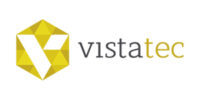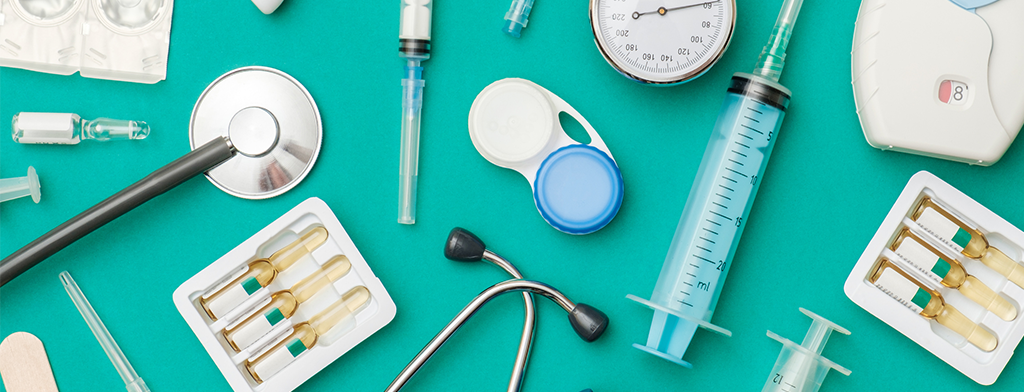Translating Medical Devices: A Rule-Driven Game
We are pleased to present an extract from an article authored by Karen Tkaczyk Ph.D., Director of Sales for Life Sciences at Vistatec, featuring in Volume 33, Issue 1 of the European Medical Writers Association’s Medical Writing publication. This article titled «Translating medical devices: A rule-driven game» is available to read in its entirety on the European Medical Writers Association website, free of charge. The below extract provides a glimpse into the valuable insights provided in the full article, which we believe will be of great interest to our Vistatec Life Sciences audience.
Article Abstract:
Translation for medical devices often presents a unique set of challenges arising from the products’ complex natures and associated regulatory requirements. Beyond medical expertise, linguists – from translators and editors to bilingual quality assessors – may require strong software localisation skills and knowledge of intricate engineering topics. Supply chain audits related to medical devices can, in many cases, demand more extensive compliance measures for language service providers than those required by most other clients.
Table of Contents
What is our playing field?
We use medical devices every day. From contact lenses to blood glucose monitors and X-ray machines to defibrillators – these devices are all around us, revolutionising how we manage our health and improving our quality of life. The global market for medical devices was projected to reach US$471.80 billion in 2023.
The European Union’s Medical Device Regulation 2017/745 (EU MDR) defines medical devices as “any instrument, apparatus, appliance, software, implant, reagent, material or other article intended by the manufacturer to be used, alone or in combination, for human beings for… medical purposes.” A comprehensive list of purposes follows.
Some teams in language services perceive the life sciences industry as a single entity. They group together pharmaceuticals, biotechnology, healthcare, and medical devices. However, it is crucial to recognise and differentiate between the various areas within this domain.
In the world of translation, our medical devices playing field includes software tools, packaging, user manuals, marketing materials, technical specifications, engineering drawings, labels, instructions for use, distributor information, legal matters, clinical trial-related texts, training materials (both e-learning and instructor lead), implementation information, websites, phone application content, and more. That means a broad authorship and readership and a wide variety of writing styles
What are the rules?
Importing and distributing medical devices to countries around the world is subject to strict approval processes and compliance measures. Compliance is how medical device companies insulate their patients and business from risk. While internationally recognised systems are helpful in meeting many compliance needs for manufacturers, it is important to note that no single system is universally applicable. Due to varying regulatory requirements between countries, parties cannot rely on generic guidelines being suitable for a specific market. This contrasts with the situation for pharmaceuticals, where standard templates and the structured Common Technical Document apply for major global markets and simplify the translation process.
The rules keep on changing
From market to market, change is the only constant. The past year or so has been dominated by changes resulting from EU MDR, and indeed, implementation delays. In the past, medical devices needed only to provide translations after a device earned the CE mark. This is changing in an effort to improve patient safety, and many documents required for the new approval process must now be translated into all 24 official EU languages prior to that approval process. This means that translation enters the product development process earlier, and translation partners may find it easier to involve themselves upstream. Specifics of language requirements for each country are now available. That’s the new EU regulation. But the EU is only one part of the large global market.
Good practices (GxP) guidelines by the International Council for Harmonisation of Technical Requirements for Pharmaceuticals for Human Use (ICH) and the International Medical Device Regulators Forum (IMDRF) documents are broadly applicable. ISO 14155: 2020 is the standard relating to Good Clinical Practice for medical devices. FDA requirements such as 21 CFR Parts 11 and 820 apply in the United States. Add to the mix privacy-related regulations such as the US HIPAA and EU GDPR. Other smaller markets have their own regulations. The UK, post-Brexit, will implement its own device regulation but has delayed implementation and is extending acceptance of CE marks at this time. Harmonisation efforts have had success but will not replace each locale’s regulation.
Regular referees
Most readers will be familiar with ISO 9001, a generic quality management system standard that can apply to any organisation. ISO 13485:2016, “Medical Devices, Quality Management Systems, Requirements for Regulatory Purposes,” has a stronger focus on medical device safety, traceability, and risk management. Many translation buyers will audit providers to the standards of ISO 13485 as they relate to service providers. We now also see reference made to ISO 14971.10 “Medical devices, Application of Risk Management to Medical Devices,” which goes even further to help companies systemat ically implement best practices that reduce risk.
Who is playing?
Who are the clients? Manufacturers, distributors, and other interested parties, of course. And who is translating? From small buyers using individual freelancers to translate one language pair to global giants with multimillion annual spends in programmes handled internally or through one or more large language service providers (LSPs), there’s no one answer. What is common to all, though?
Continue Reading the Article on EMWA.org
Click here to read.

